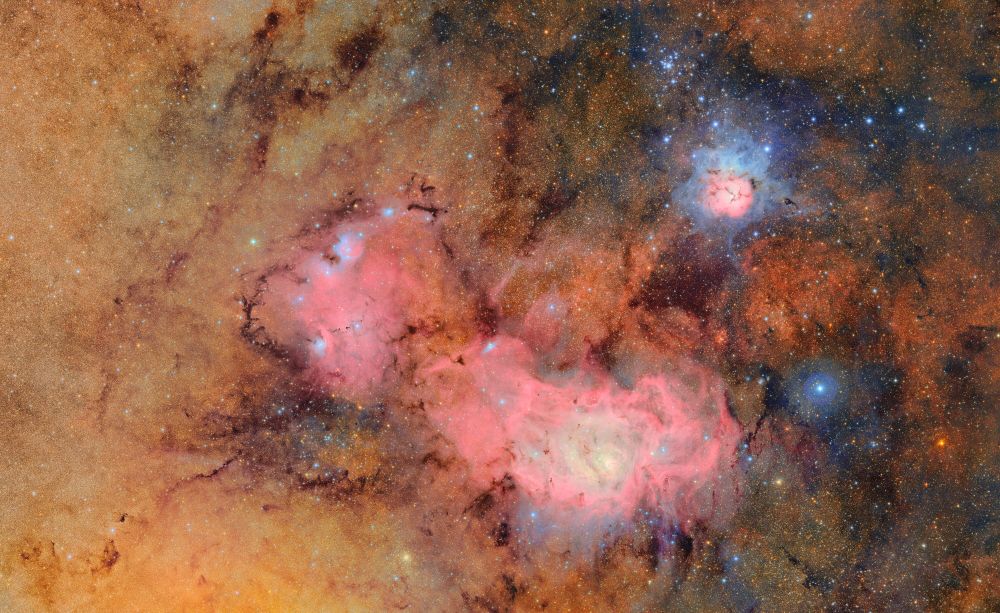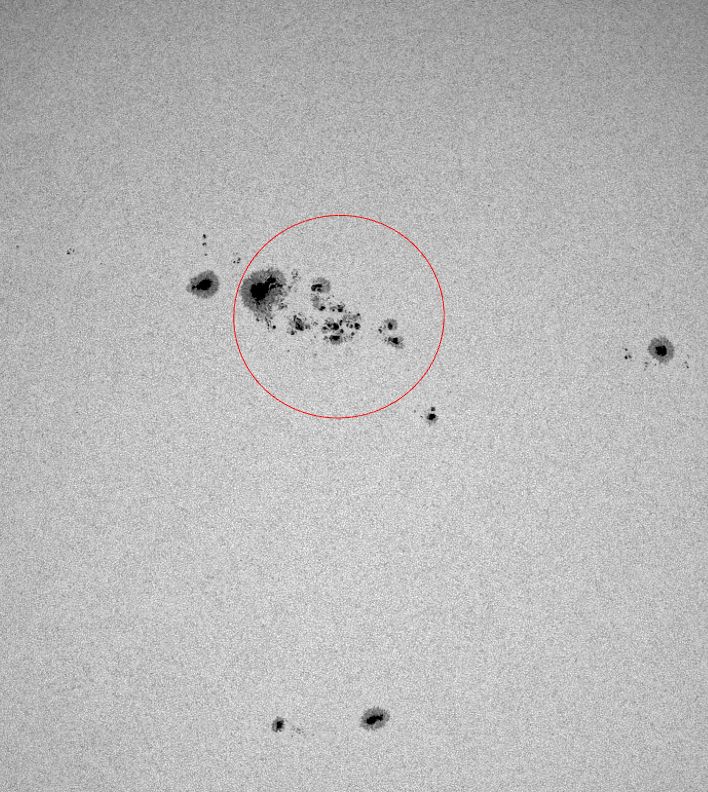
Image Credit: NASA, ESA
#Spacenews

Image Credit: NASA, ESA
#Spacenews
🌡️ Its subsurface ocean has a pH between 10.1 and 11.6 — alkaline, but still within the limits for microbial life.
(Earth’s oceans: ~pH 8)
More: www.space.com/astronomy/th...
#Astrobiology #Spacenews

🌡️ Its subsurface ocean has a pH between 10.1 and 11.6 — alkaline, but still within the limits for microbial life.
(Earth’s oceans: ~pH 8)
More: www.space.com/astronomy/th...
#Astrobiology #Spacenews
It is located in the Small Magellanic Cloud, which lies around 180,000 light-years away.
Image Credit: NASA/ESA

It is located in the Small Magellanic Cloud, which lies around 180,000 light-years away.
Image Credit: NASA/ESA
The culprit: a white dwarf that flared up, survived — and exploded again years later.
More: www.space.com/astronomy/st...

The culprit: a white dwarf that flared up, survived — and exploded again years later.
More: www.space.com/astronomy/st...
www.youtube.com/watch?v=sOtp...
#3IATLAS

www.youtube.com/watch?v=sOtp...
#3IATLAS
Astronomers have spotted a new fast-moving object: A11pl3Z now named 3I/ATLAS
it is likely coming from outside our solar system – making it only the third known interstellar visitor after ‘Oumuamua and Borisov.
Estimated to be 20 km wide
Astronomers have spotted a new fast-moving object: A11pl3Z now named 3I/ATLAS
it is likely coming from outside our solar system – making it only the third known interstellar visitor after ‘Oumuamua and Borisov.
Estimated to be 20 km wide
More: www.space.com/astronomy/ex...

More: www.space.com/astronomy/ex...
📸Image Credit: NASA / Chandra / Webb

📸Image Credit: NASA / Chandra / Webb
This composite combines X-ray, visible, and infrared light to reveal the galaxy in stunning detail.
📸Image Credit: NASA / Chandra / Hubble / Spitzer

This composite combines X-ray, visible, and infrared light to reveal the galaxy in stunning detail.
📸Image Credit: NASA / Chandra / Hubble / Spitzer
📸Image Credit: NASA

📸Image Credit: NASA
More: www.space.com/astronomy/ex...

More: www.space.com/astronomy/ex...
UGC 12295 lies around 192 million light-years away in the constellation Pisces.
📸Image Credit: NASA/ESA Hubble

UGC 12295 lies around 192 million light-years away in the constellation Pisces.
📸Image Credit: NASA/ESA Hubble
Stunning images of the Trifid and Lagoon Nebulae (M20 & M8) plus a deep field with thousands of galaxies.
📷 Image Credit: NSF–DOE Vera C. Rubin Observatory


Stunning images of the Trifid and Lagoon Nebulae (M20 & M8) plus a deep field with thousands of galaxies.
📷 Image Credit: NSF–DOE Vera C. Rubin Observatory
Key science goals:
• Map billions of galaxies
• Explore dark matter & dark energy
• Track near-Earth asteroids
• Create the largest movie of the night sky
▶️ Livestream: www.youtube.com/watch?v=Zv22...
#RubinObservatory #Astronomy

Key science goals:
• Map billions of galaxies
• Explore dark matter & dark energy
• Track near-Earth asteroids
• Create the largest movie of the night sky
▶️ Livestream: www.youtube.com/watch?v=Zv22...
#RubinObservatory #Astronomy

Key science goals:
• Map billions of galaxies
• Explore dark matter & dark energy
• Track near-Earth asteroids
• Create the largest movie of the night sky
▶️ Livestream: www.youtube.com/watch?v=Zv22...
#RubinObservatory #Astronomy
NGC 6891 is an asymmetrical planetary nebula in the constellation Delphinus.
It was discovered in September 1884 by Scottish astronomer Ralph Copeland.
📷 Image Credit: NASA / Hubble

NGC 6891 is an asymmetrical planetary nebula in the constellation Delphinus.
It was discovered in September 1884 by Scottish astronomer Ralph Copeland.
📷 Image Credit: NASA / Hubble

A dwarf galaxy orbiting the Milky Way — located 210,000 light years away.
Image Credit: Nasa
#Nasa#SmallMagellanicCloud#Astronomy

A dwarf galaxy orbiting the Milky Way — located 210,000 light years away.
Image Credit: Nasa
#Nasa#SmallMagellanicCloud#Astronomy
More: www.space.com/astronomy/bl...
#AstroNews#BlackHole

More: www.space.com/astronomy/bl...
#AstroNews#BlackHole
Using our VLT, they observed the Sculptor Galaxy in thousands of colours simultaneously 🌈
The more shades of colour there are in an image of a galaxy, the more we can learn about its inner workings.
Read more: www.eso.org/public/news/...
🔭 🧪 ☄️


More: www.space.com/astronomy/bl...
#AstroNews

More: www.space.com/astronomy/bl...
#AstroNews

📸: JHelioviewer

📸: JHelioviewer

